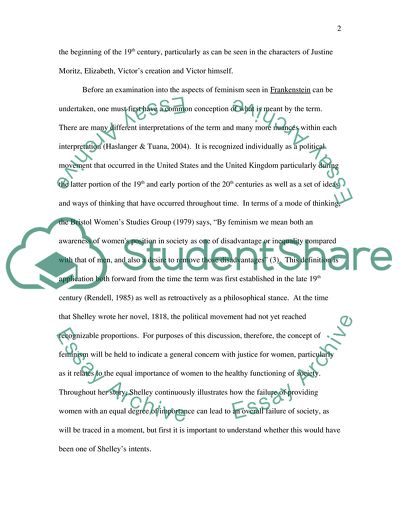Cite this document
(Feminism and Frankenstein Case Study Example | Topics and Well Written Essays - 2250 words, n.d.)
Feminism and Frankenstein Case Study Example | Topics and Well Written Essays - 2250 words. Retrieved from https://studentshare.org/literature/1707368-feminism-on-frankenstein
Feminism and Frankenstein Case Study Example | Topics and Well Written Essays - 2250 words. Retrieved from https://studentshare.org/literature/1707368-feminism-on-frankenstein
(Feminism and Frankenstein Case Study Example | Topics and Well Written Essays - 2250 Words)
Feminism and Frankenstein Case Study Example | Topics and Well Written Essays - 2250 Words. https://studentshare.org/literature/1707368-feminism-on-frankenstein.
Feminism and Frankenstein Case Study Example | Topics and Well Written Essays - 2250 Words. https://studentshare.org/literature/1707368-feminism-on-frankenstein.
“Feminism and Frankenstein Case Study Example | Topics and Well Written Essays - 2250 Words”. https://studentshare.org/literature/1707368-feminism-on-frankenstein.


